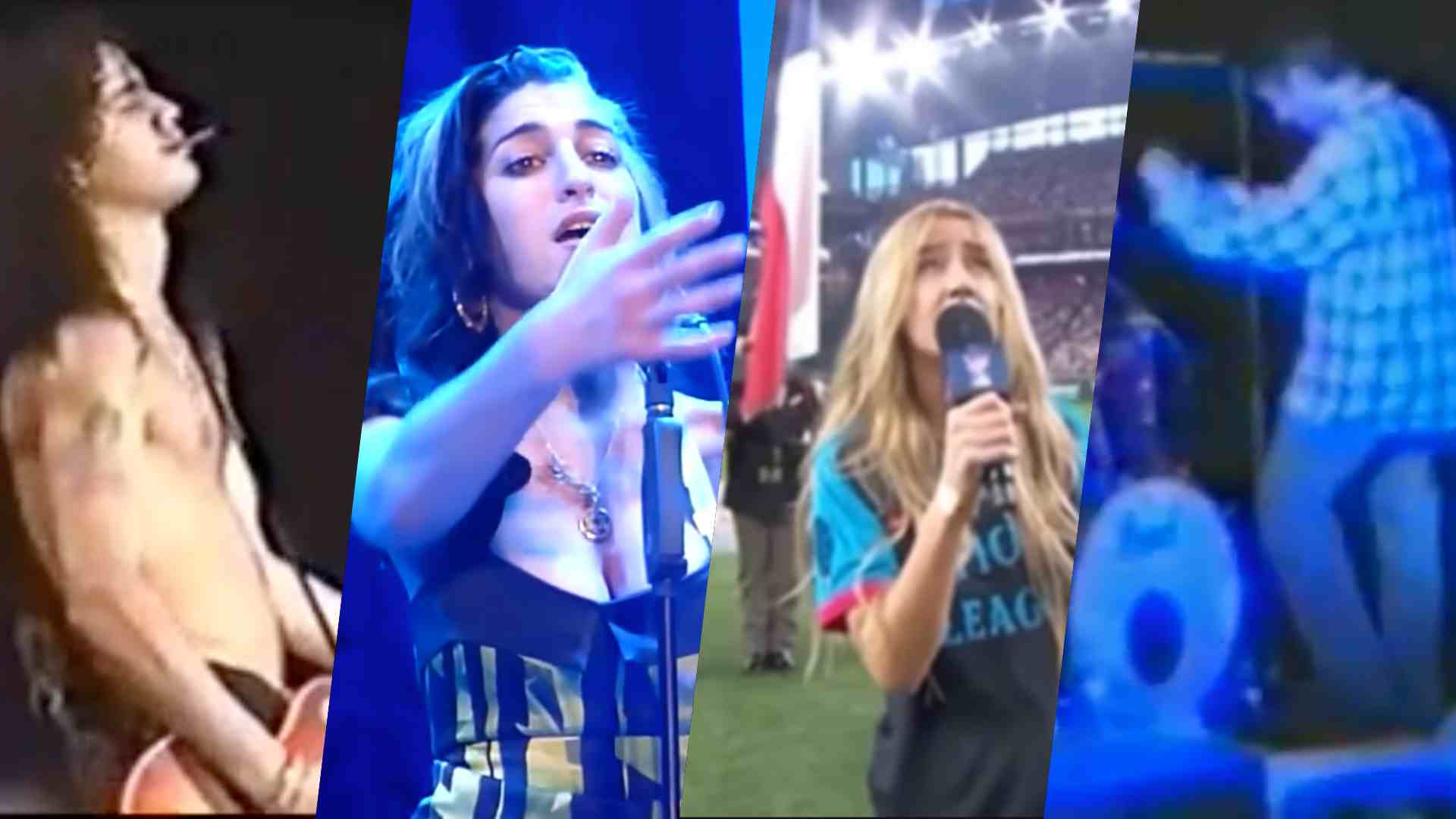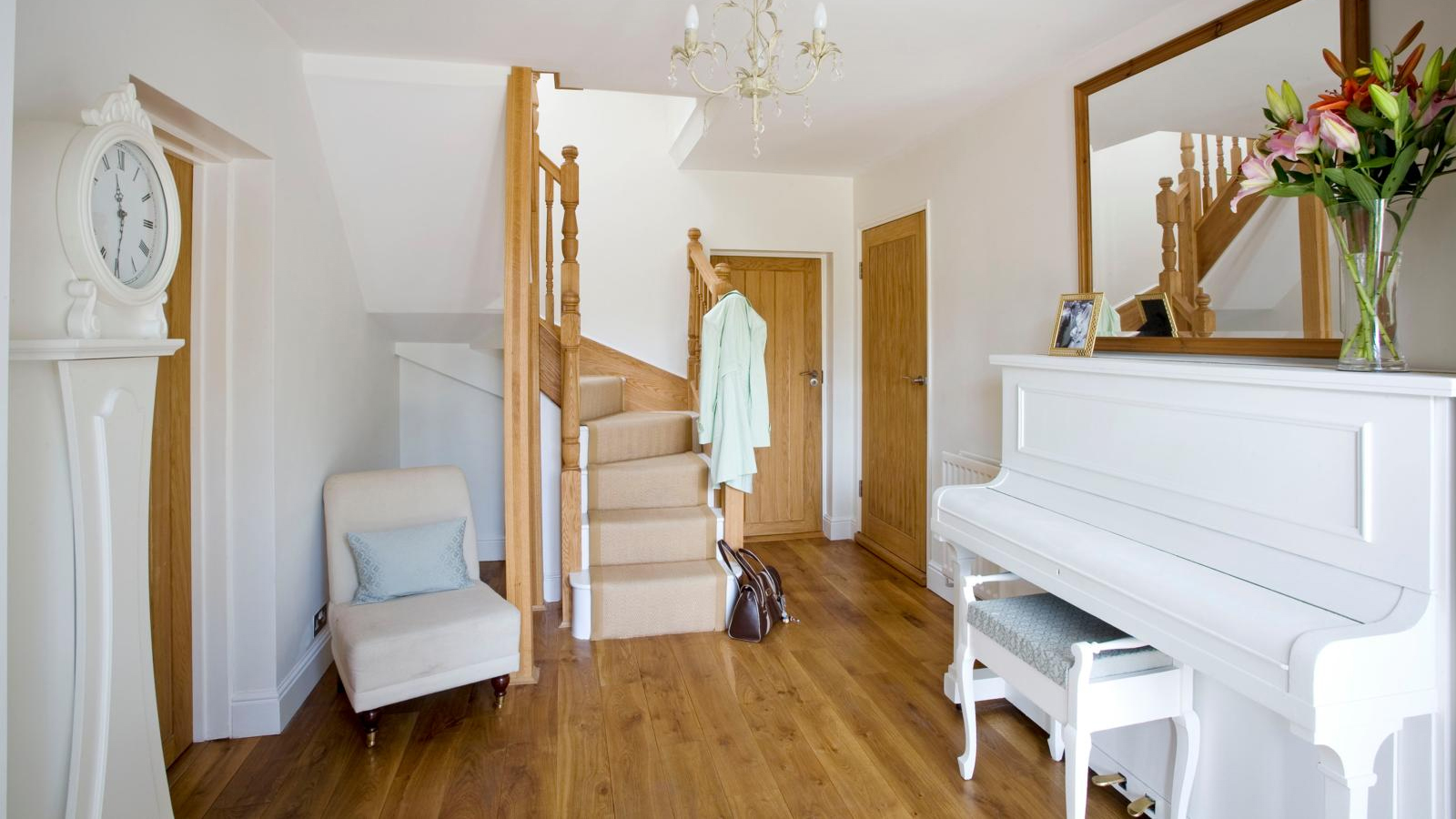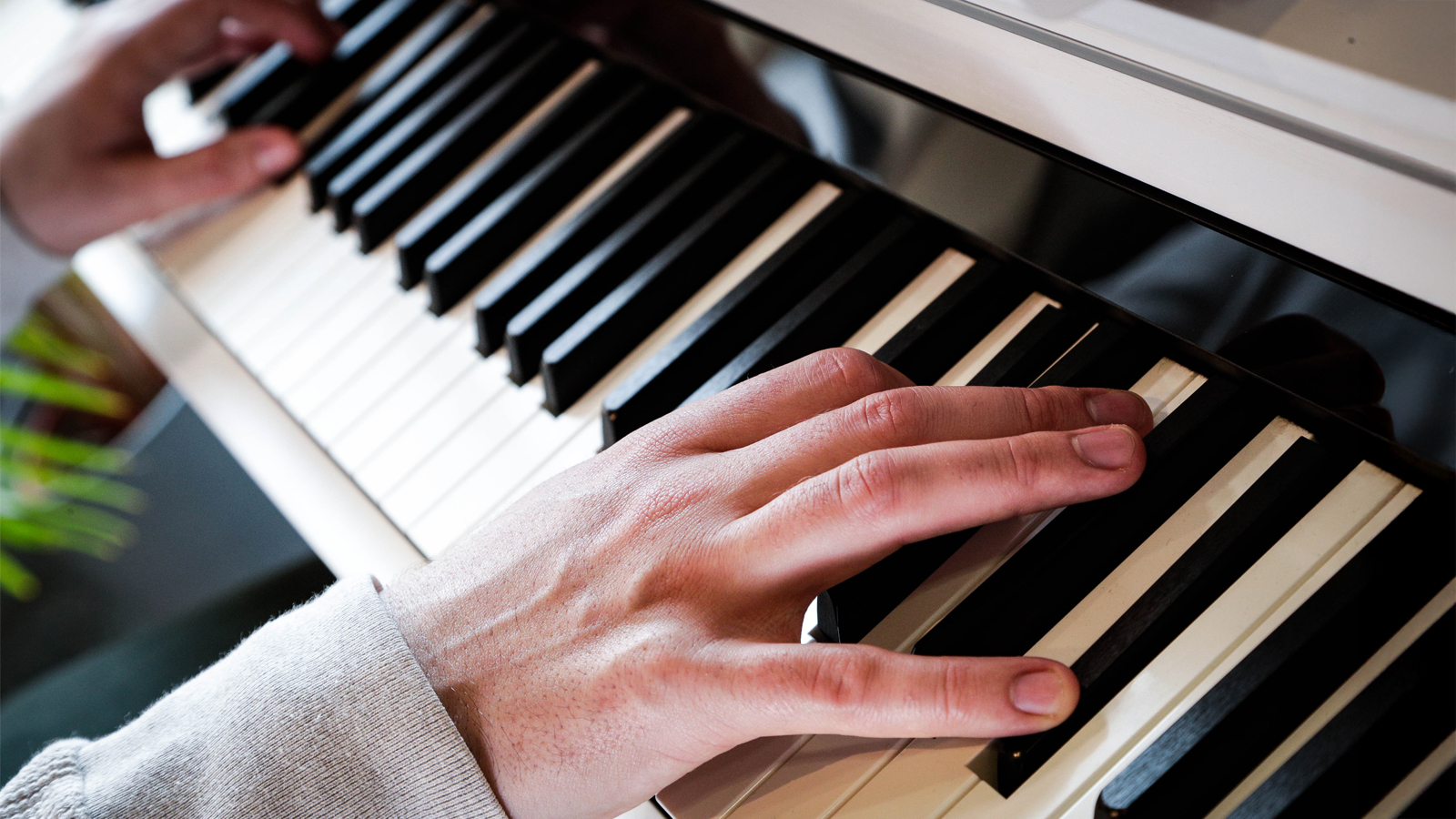“The fact is that for 2024 and beyond, digital is the way to go”: Want to build an affordable home studio? Start here
Your one-stop essential guide for creating your own studio - It’s faster, easier and cheaper than you think
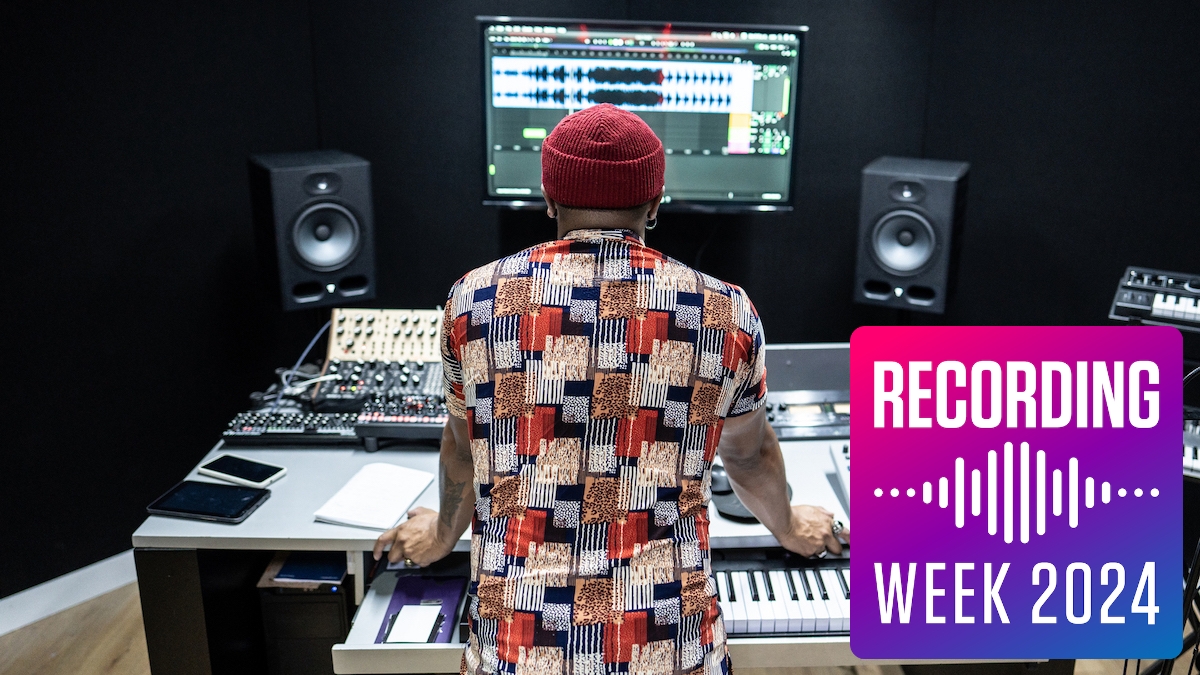
RECORDING WEEK 2024: There’s never been a better time to make great music and transforming a spare corner into a home studio capable of sounding as good as the pros is just one short read away.
If you’re completely new to music production, and are looking to set-up your own music-making home hub to begin your journey, then we’ve got all the info and advice you need to get up and running.
Why do I need a home studio?
Firstly, the good news. If you want to create a home recording studio then the chances are you’ve got most of what you need already. Got a computer? Then you’re over halfway there (if you haven’t, then we’re going to recommend purchasing one asap!). If you’re already a guitarist, keyboard player, instrumentalist or vocalist then you’ve done the hard work already, but don’t worry if you’ve never even touched an instrument before…
Recording your own music is now just a matter of getting your music inside your computer so you can make it as great as it can be, before outputting it in a form that the rest of the world can enjoy. And while we’d be foolish to dismiss the world of analogue recording, and the millions of hours of unrepeatable and legendary music recorded using it, the fact is that for 2024 and beyond, digital is the way to go.
Digital recording - recording sound into your computer rather than a tape whizzing through a tape recorder - gives an unprecedented level of control, multiple opportunities to ‘get it right’ (including the ability to miraculously correct your mistakes) and - to all but the most discerning ears - it sounds better too.
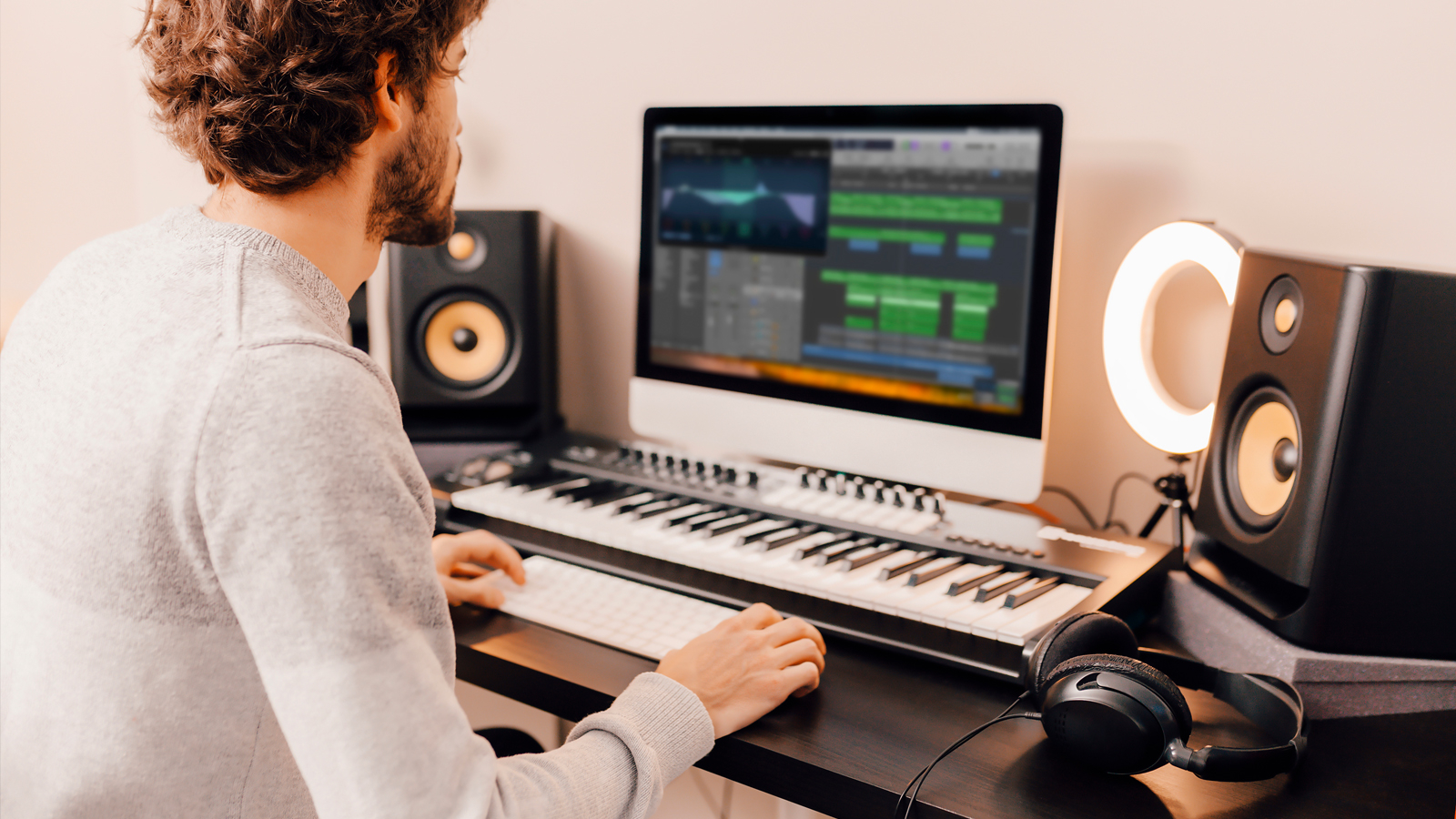
What’s the essential gear for a home studio?
In a modern, digital, computer-based studio, sound is digitised on the way in (the ‘recording’ bit) becoming a file on your computer (just like any MP3, movie or image you may have) and then converted back into audible sound on the way out. And, best of all, while it’s in your computer you can chop it, change it, flip and repeat it and do all kinds of things that would have had The Beatles and The Stones agog.
Hearing the music out of your computer is easy, of course. All modern computers have speakers, and yes, if you’re really on a budget they’re always there for you. Likewise the presence of a headphone socket - allowing you to listen with even greater fidelity - and Bluetooth, allowing you to stream audio to your earbuds.
Get the MusicRadar Newsletter
Want all the hottest music and gear news, reviews, deals, features and more, direct to your inbox? Sign up here.
Once you’ve made your music, your computer is also a conduit to the wider world. Whether it’s via social media, streaming services or any of the other routes to getting listeners engaged. But, we digress…
If you were making music completely ‘in-the-box’ (as the expression goes) then you've essentially got all your need (though we’d recommend a sturdy pair of headphones, too). While there are plenty of free DAW options to choose from, you’re going to need a digital audio workstation (DAW) to work within. We’ll talk about these in greater detail later. You’d be amazed at how much music is now made ‘entirely on a laptop’.
However, chances are you’re going to want to record your own voice, instruments and musical performances at some point. If you’re a guitarist or vocalist you’ll doubtless have noticed that your computer lacks that quarter-inch jack input for the plug at the end of your guitar or mic lead…
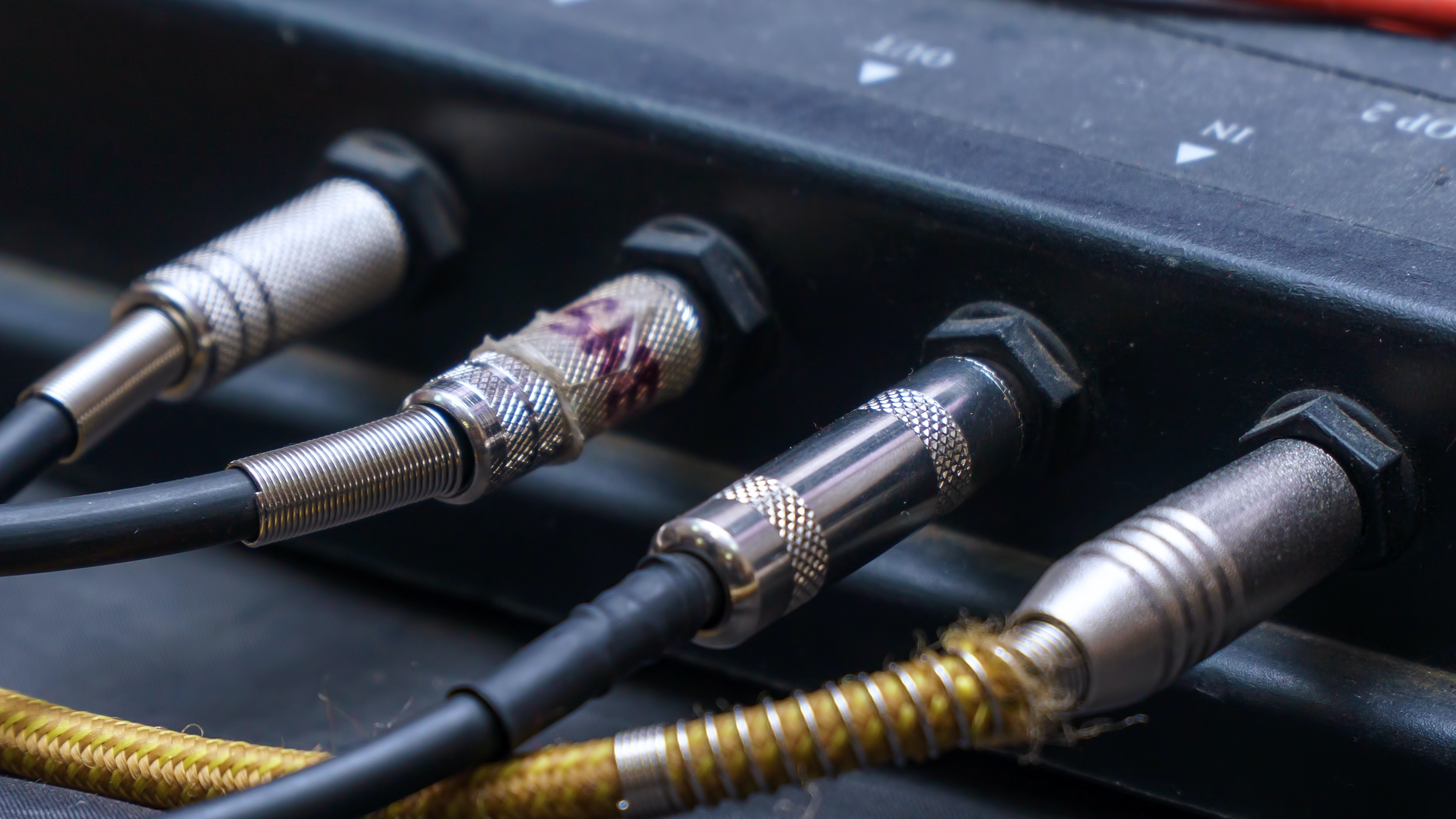
Fact is, if you’re going to make music on your computer (and, as we’ve discussed, this is by far the best place to make it) you’re going to need a little extra gear to do the job right, and your first purchase is an audio interface.
An external audio interface - a box that plugs into your computer - gives your computer all the essential ins and outs that most everyday computer users don’t need. Rather than loading up their machines with something for every occasion, today (in the pursuit of lower prices and lighter, thinner machines) you just get a few USB-C ports instead…
But no problem. Plug in even the most basic of audio interfaces into a spare USB-C and all the sockets you need are available to you. Today’s basic models hardly break the bank. A simple unit, perhaps featuring two microphone inputs, two ‘line in’ inputs, a pair of outputs and a headphone socket, can be yours for around £100 (and we’ve plenty of buying advice on picking the perfect model for you right here).
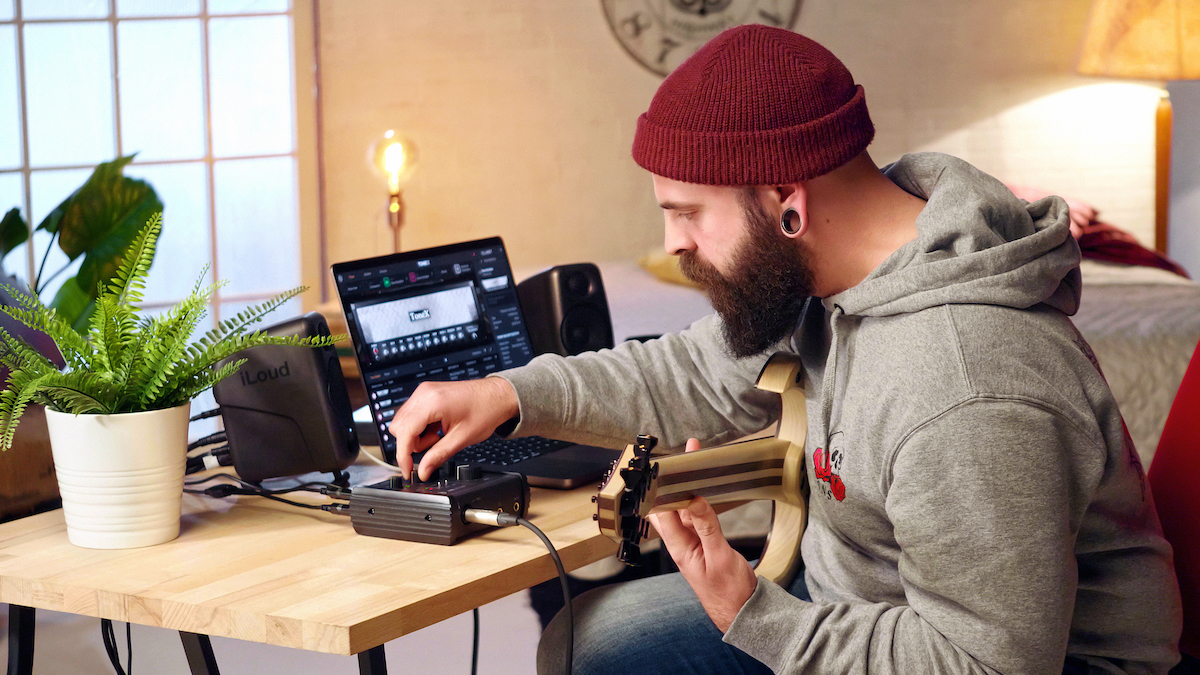
Go for an interface with a ‘Hi-Z’ input and you’ll find the perfect place to plug in an electric guitar, allowing you to use virtual amp modelling and get a perfect, controllable clean sound with no mic or external amp required.
And while you may well be buying your interface for those all important (and totally absent) inputs, you’ll quickly find those outputs useful too.
Line outputs - be they on RCA connectors, quarter-inch sockets or XLRs - allow you to plug your computer into some proper speakers. And, once you’ve tried listening via your audio interface’s headphone socket rather than the one built into your computer, you’ll never go back.
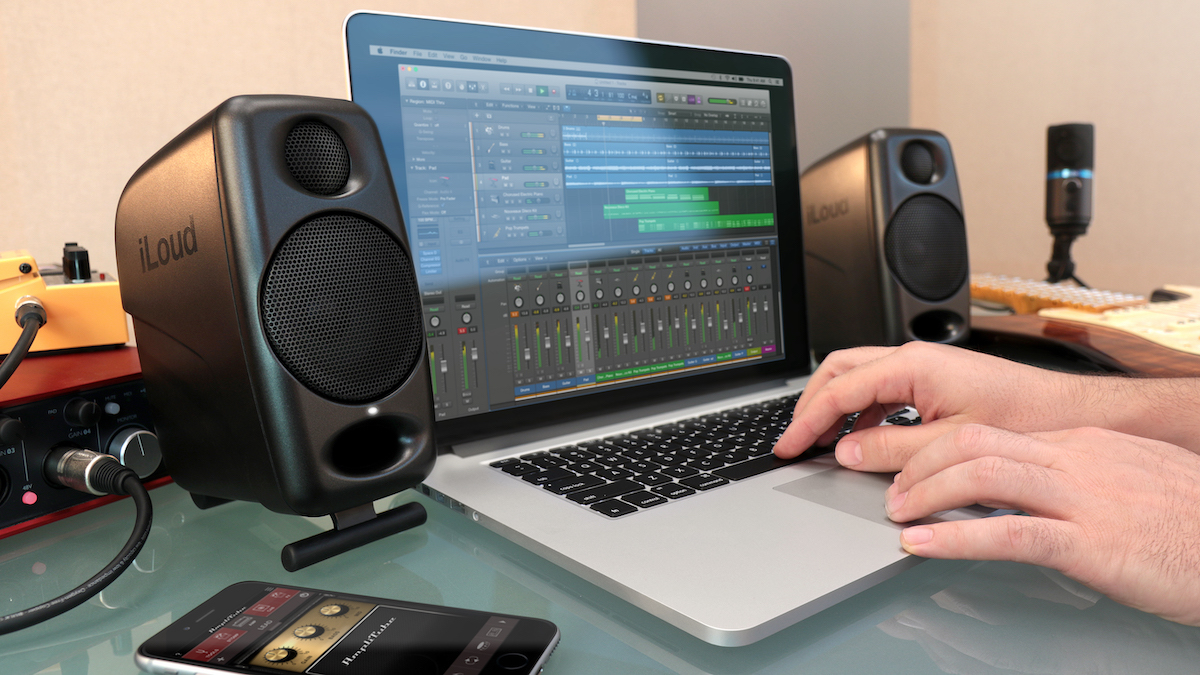
Why speakers are vital for a home studio
To make best use of your new interface you’re going to need some speakers to plug into it. We can’t stress this enough. Yes, you can use your computer’s built-in speakers, but for deep, close listening to your music projects, and the fidelity of your final mixes, will hugely increase if you step up your listening game.
Good news. It may be that you already have a stereo device for music listening with a pair of speakers attached, and a pair of free left and right AUX (auxiliary) inputs. In which case you’re up and running. Attach your audio interface’s ‘outs’ to your stereo’s ‘ins’. Turn it on and switch to that AUX input and you’ll find that your audio will emerge from your new speaker set-up, instantly sounding better.
However, if you’re more serious about your music, a pair of dedicated ‘monitors’ (that’s speakers specifically designed for the ‘critical listening’ of music production rather than ‘another screen’) will always reproduce your music better than hi-fi speakers. And you want your music to sound as great as possible as fast as possible, right? Why settle for less?
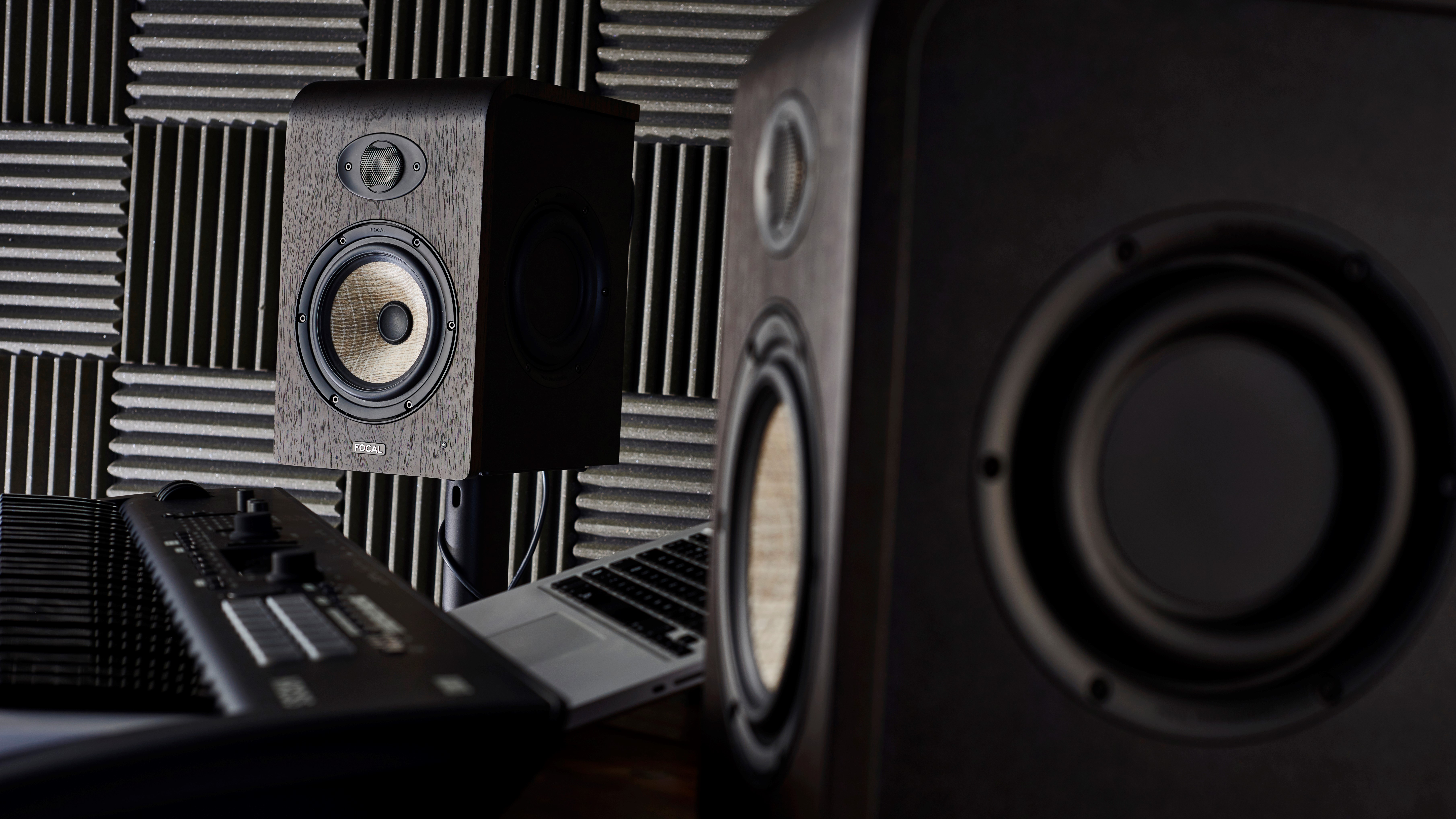
Like audio interfaces, monitors come in all shapes, sizes and prices. Check out our guide to picking the right pair for your studio here. All they need is a power cord and a connection to your audio interface to get going.
Whether you decide to keep things minimal, or invest in some studio monitors (our recommended route), the next major consideration is the music-making workflow you choose to make music in. It’s time to talk DAWs…
What are DAWs and why are they important to a home studio?
While the term Digital Audio Workstation (and its popular acronym, DAW) sounds like zero fun, opening this particular DAW is your gateway to making your own great music.
A DAW is a bit of software specifically designed to process incoming audio and output it again. It’s a visual and editable insight into the multiple strands and sounds that make up modern music with the ability to change pitches, sounds, tempo and more. Feed it what sounds you like, tweak it on screen until it’s perfect, then output it as audio again so people can hear it.
DAWs come in many forms with the most capable (read: complex) being the most expensive. But rather than wade in and simply ‘buy the best’ it’s very likely that something simpler and easier (and far cheaper) will deliver all you need (at least for now) in a manner that you can get your head around.
Of course, at this point the eternal conflict between PC and Apple Mac (not forgetting iPad) rears its head with some of audio’s biggest players only being on one machine and not the others. Like the sound of Logic Pro? Then you’ll need an Apple Mac. Drawn to the extra features of Cakewalk? That’s PC and Windows only. Meanwhile popular DAWs such as Steinberg’s Cubase and Ableton Live are available for both.
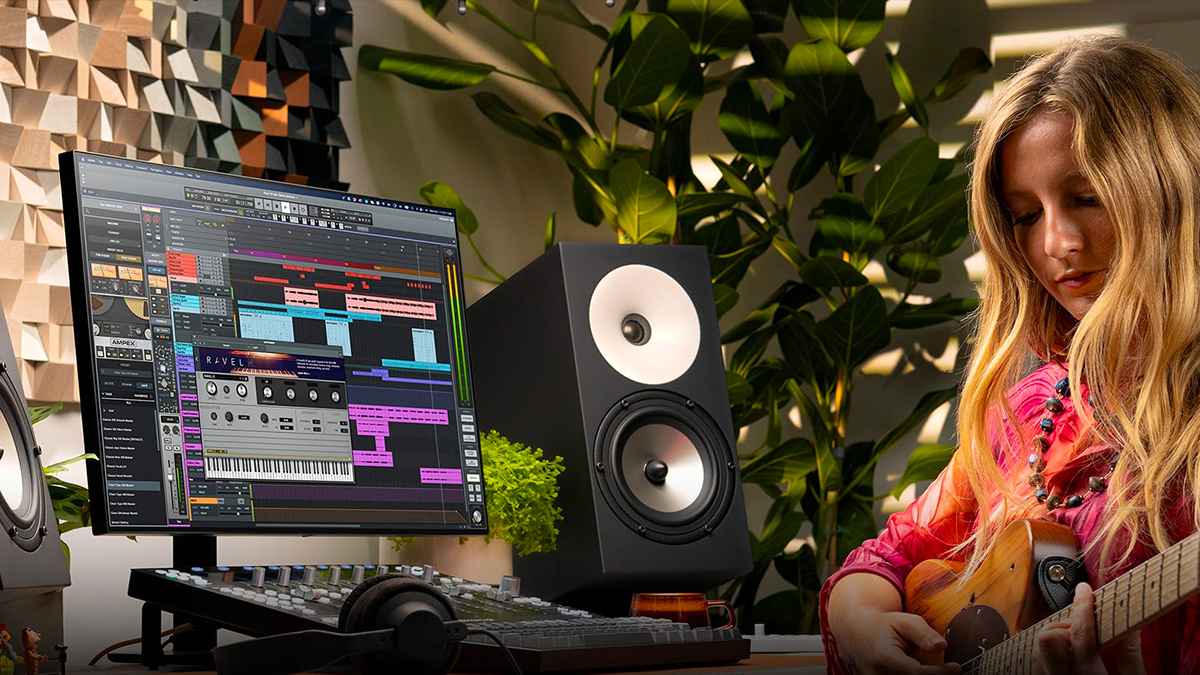
The good news is there are even free DAWs too. Check out Reaper (Mac and PC) or Garageband (Mac) if you want to dip a toe. Both have got the skills to whet your appetite and leave you wanting more.
Choosing a DAW depends on how you want to work and what kind of music you’ll be making, with some more tailored for recording bands while others excel at synths, loops and ‘in the box’ production. Take a look at our guide to DAWs here and you’ll soon spot something that hits your target.
In brief, inside your DAW music is arranged as tracks, tracks contain parts and parts contain MIDI notes which play instruments, be they virtual in-the-box or physically sat in your studio. Equally parts can be audio files of recordings you’ve made or loaded up, allowing ‘real world’ recordings to sit alongside programmed beats and music.
And alongside the DAW comes the concept of plugins, tools within your DAW to make your music sound better. While today’s DAWs come with a huge range of plugins built in (and it’s worth getting to grips with what’s there for ‘free’ before you start branching out) these additional pieces of software are easily installed and appear as extra options within your DAW.
There are softsynths emulating expensive and rare synths and drum machines, effects plugins delivering the sound of famous stomp boxes and rack effects, romplers samplers perfectly emulating the sound of any instrument you can think of, and all kinds of weird and wonderful noise makers and manglers for those looking for inspiration.There are countless free ones out there, too.
Likewise, if you don’t want to record your music or play or program your own instruments, there are countless libraries of drum sounds, synth riffs and chord progressions out there for purchase and subscription, all designed to make short work of making your first tracks with no music knowledge or skills required.
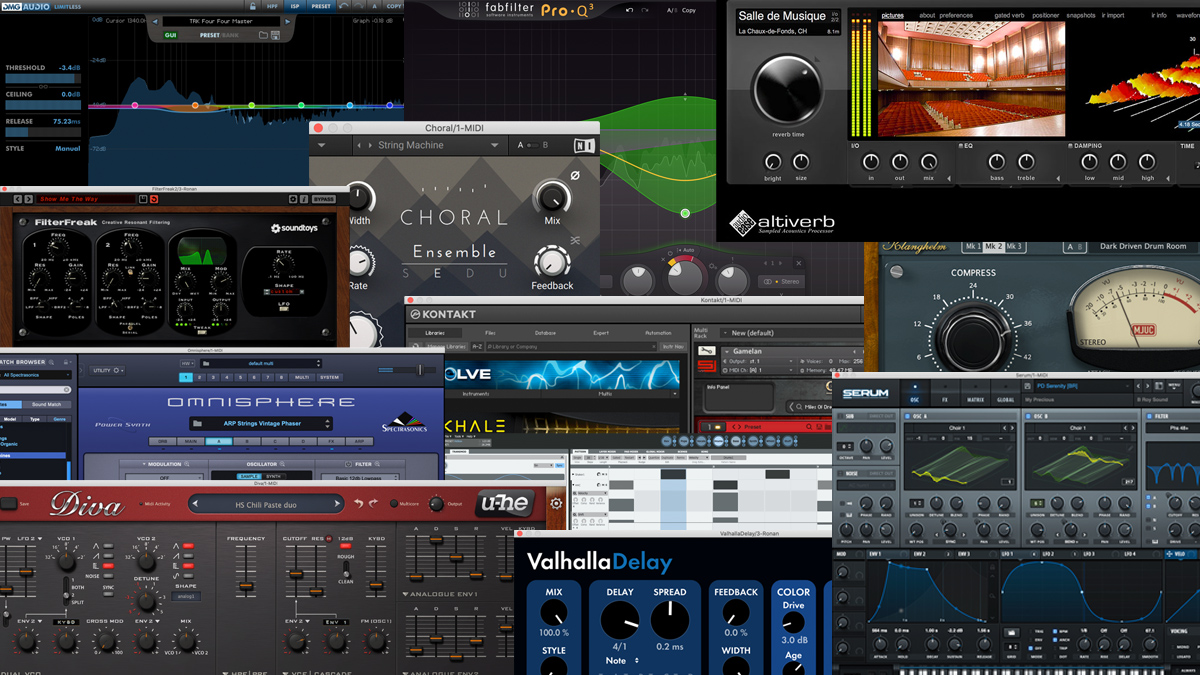
Are microphones important to a home studio?
Of course, you don’t have to use other people’s sounds to make your music. The next component in your burgeoning home studio therefore, has to be a microphone.
Mics can capture vocals, live instruments such as acoustic guitar, or any kind of percussion, handclaps or other live ‘in studio’ jamming that you want to lay down. They’re essential for getting ‘your sound’ into your computer. And, of course, there are mics tailor-made for every purpose.
However, for our needs, a good all-rounder will suffice and while dynamic mics such as Shure’s famous SM58 will work great (especially in loud, gigging situations) we’d recommend a good XLR-equipped condenser mic to get the job done at home. Take a look at our guide here.
And while you're thinking ‘mic’ you might want to consider what kind of mic stand you’ll need. Will you be standing and singing into it? Or placing it in front of your guitar amp? Either way, there’s something for every occasion here.
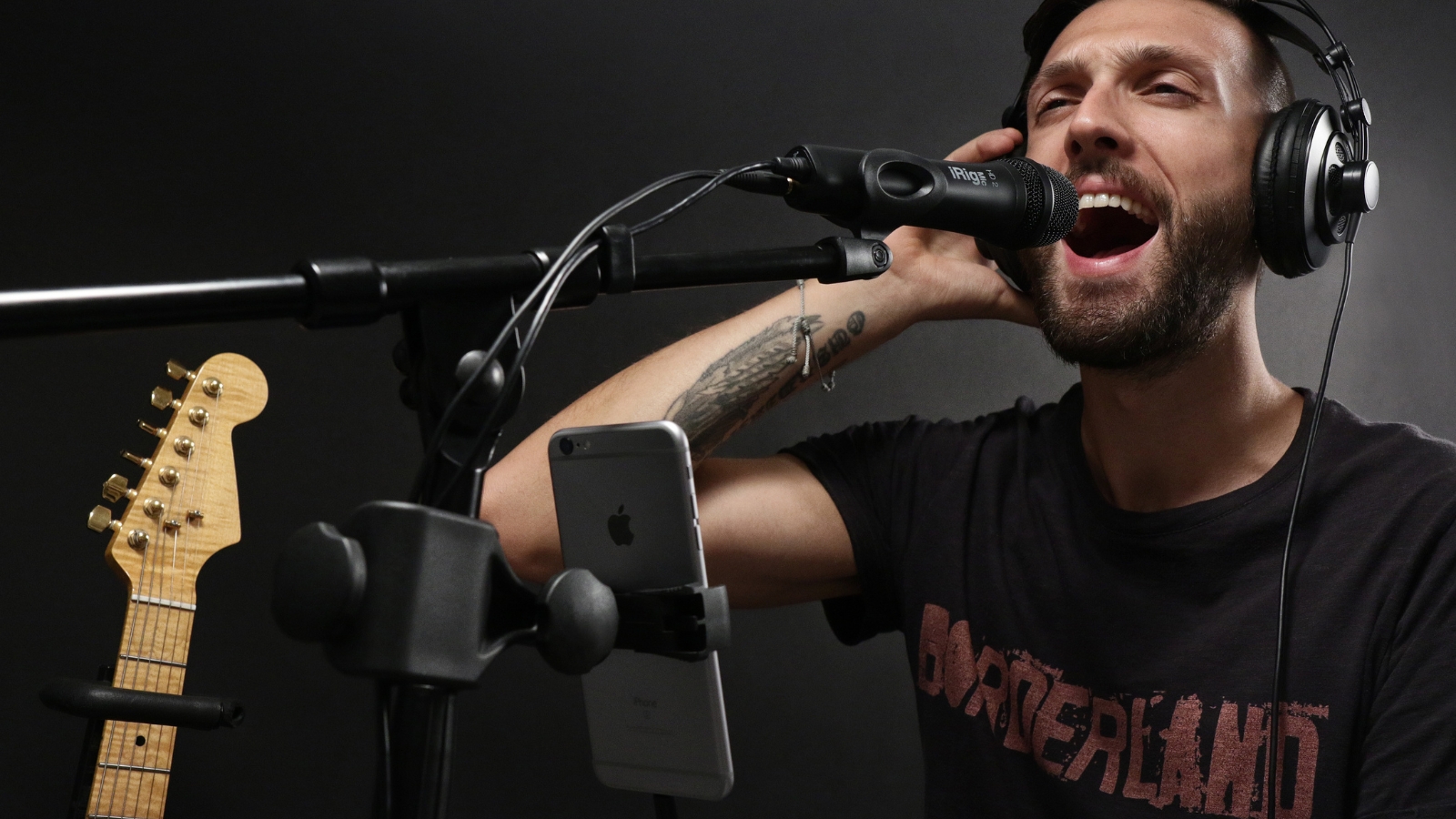
And consider a pop shield. These are designed to take the sting out of your plosive ‘p’s and ‘b’s. You might even want to purchase a larger vocal shield, curved sound-proofing around your mic that will eliminate the off-axis sound of your room and deliver that up front, clear, ‘just the vocal’ sound you need.
If you’re recording on a mic you’ll need headphones of course, so you can listen to the backing while recording the latest take. While it’s easy to use your existing wired headphones (be aware that next to no audio interface features bluetooth for Airpods etc) a pair of comfortable dedicated recording headphones (with good insulation to prevent sound leakage) needn’t cost the earth. Take a look here.
Line in and MIDI
And while ‘live’ and acoustic instruments can be recorded with mics, never forget that you can plug in your synths and other electronic gear and record at line level too. These can be wired directly into your audio interface and into DAWs brain, no mic required.
If you have anything from a single keyboard to a rig of outboard synths, parts can be played in and recorded as MIDI data (Musical Instrument Digital Interface - our full Start Here guide to MIDI can be read here) and painstakingly corrected before being played back at any speed.
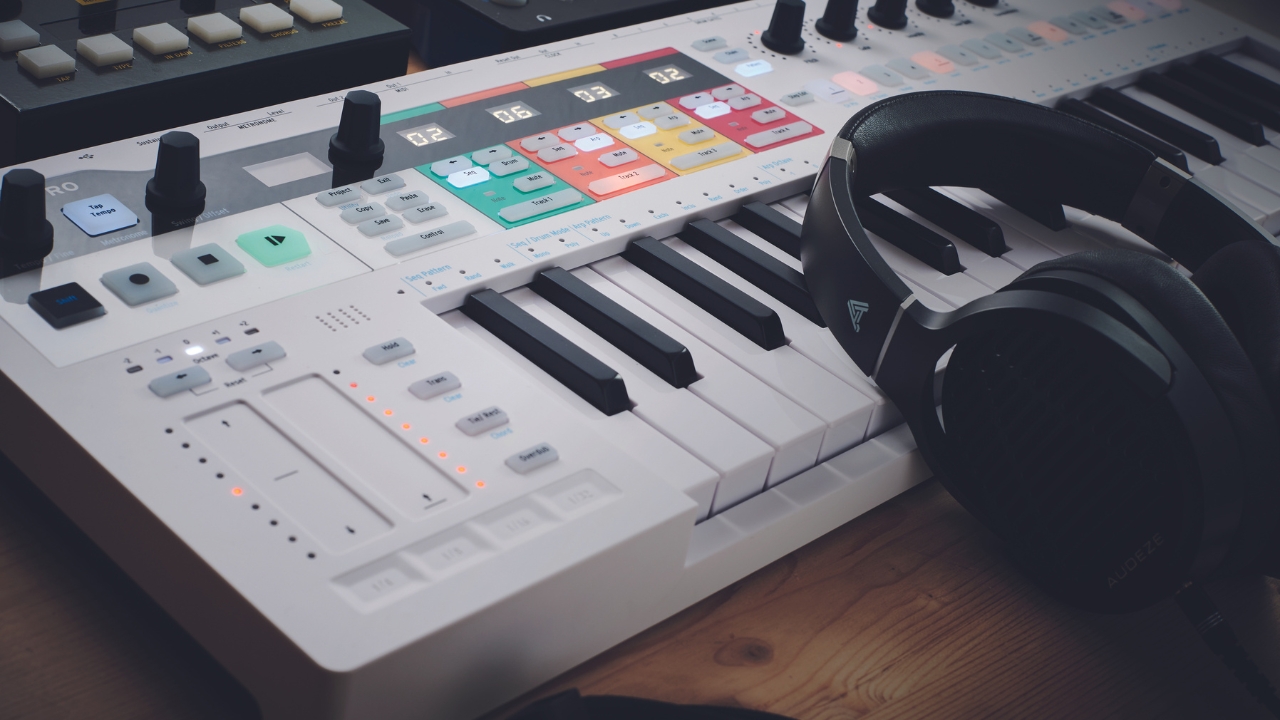
‘Impossible’ keyboard parts become ultra simple therefore as sloppy playing can be tweaked note-by-note towards perfection or snapped into beat-perfect lines with a simple press of the ‘Quantise’ button.
And if you want to work completely with your DAW’s plugin softsynths ‘in-the-box’ there’s no hardware required… But if you don’t fancy ‘drawing’ your music as bars on a grid (and don’t have a keyboard or synth already) consider buying an external MIDI controller that lets you input notes in the manner you’re probably more used to.
MIDI controllers come in all shapes and sizes, with keys, pads, knobs and sliders all giving physical control to the parameters within your DAW and all much nicer than making music with a mouse.
Once again there’s something for everyone, from skilled keyboard players (who’ll appreciate a weighted professional keyboard action) to beat-makers and knob-twiddlers (who’ll favour the use of pads, knobs and sliders to make their music). Find out what’s out there via our guide here.
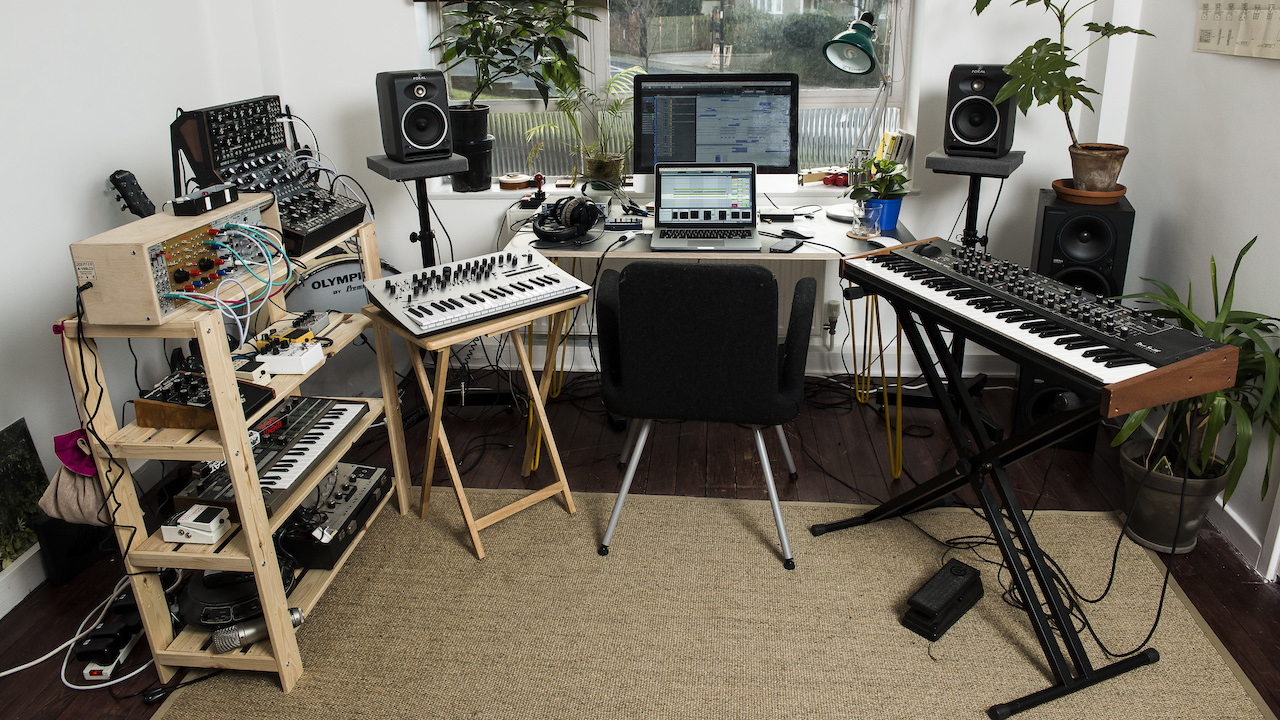
Your home studio checklist
- A computer: Good news. Any modern computer has the power to work with audio, MIDI and run the latest and greatest DAW. So the chances are that your current machine will do just fine.
- An audio interface: Because your computer doesn’t have a mic or guitar ‘in’ socket. And because those outputs will sound so much better than your computer’s speakers…
- A pair of monitors (i.e. speakers): A pair of powered, dedicated monitor speakers are the perfect companion to your audio interface. You can hear your music clearly, which will make it sound so much better.
- A microphone: If you want to include vocals, or the sound of acoustic instruments in your music, a mic is a necessity, though not needed if you’re working entirely ‘in-the-box’ or solely with MIDI of course.
- Some headphones: Any wired headphones will do. Or treat yourself to a new pair with even better sound insulation to prevent leakage between tracks.
- DAW: The heart of your home studio - your multi-track recorder, mixing desk and effects rack all in one. While any Digital Audio Workstation software will fit the bill, some will be better suited to you than others. Pick the one that’s compatible with your computer and best suits your needs, budget and skill levels. Don’t forget – there are even free ones too
- A MIDI controller: Not got a keyboard/synth or MIDI-equipped piano already? If you want to play notes into your DAW (rather than draw them on the screen) you’ll need a physical keyboard to get your ideas in there.
- Plugins: While your DAW will have plenty built-in, covering off all the basics, there are literally thousands of synths and effects plugins out there in a format compatible with your DAW - Including plenty of free ones
- More keyboards and boxes: Don’t forget that your DAW can ‘drive’ any amount of external synthesizers, drum machines and noise makers via MIDI. Want endless sounds and options? Just add extra kit when you’re ready.

Further reading
Further reading
Picking a DAW
What features you’ll need and what you’ll never touch… Our guide spells out the options and shows you your next favourite software.
Best free DAWs 2024
Budget tight? Or simply wanting to try before you buy? There’s some surprising power out there for zero cost.
How to choose an audio interface
All the essentials you need and the quirky features you don’t… Our guide spells out the state of play for 2024 and beyond
Best studio monitors
Make your music sound great fast with the latest critical listening studio speakers for every budget.
Best cheap microphones
Get great sound into your computer with the minimum of fuss and spend.
Best mic stands
It’s easy to forget those studio essentials… Make sure your mic stands proud.
Best softsynths
Treat yourself to a collection of prized synth classics, all without hitting the auctions or breaking the back.
Best effects plugins
Get the secret weapons that make the pro’s sound great.
Best romplers and samplers
Because there’s a rompler and a sampler library to suit any taste. Get thousands of sound and give the orchestra the night off
Best creative multi-effects plugins
Use the power of effects to make inspirational new music.
Best free music software and VST plugins
Don’t forget. There’s no need to spend a penny when there are hundreds of amazing free plugins to try first.
Best MIDI keyboards
Want to really take control of your music? A MIDI controller will let you really play with the power of your DAW.
The guide to MIDI
Discover the secret sauce that drives your computer’s ability to play, control and command a world of in- and out-of-the box synths and sound makers.
• Get more recording stories and features at Recording Week 2024 here!
Daniel Griffiths is a veteran journalist who has worked on some of the biggest entertainment, tech and home brands in the world. He's interviewed countless big names, and covered countless new releases in the fields of music, videogames, movies, tech, gadgets, home improvement, self build, interiors and garden design. He’s the ex-Editor of Future Music and ex-Group Editor-in-Chief of Electronic Musician, Guitarist, Guitar World, Computer Music and more. He renovates property and writes for MusicRadar.com.
“I just treated it like I treat my 4-track… It sounds exactly like what I was used to getting with tape”: How Yves Jarvis recorded his whole album in Audacity, the free and open-source audio editor
“It shows enough promise to become the controller to rule them all”: Melbourne Instruments Roto-Control review


